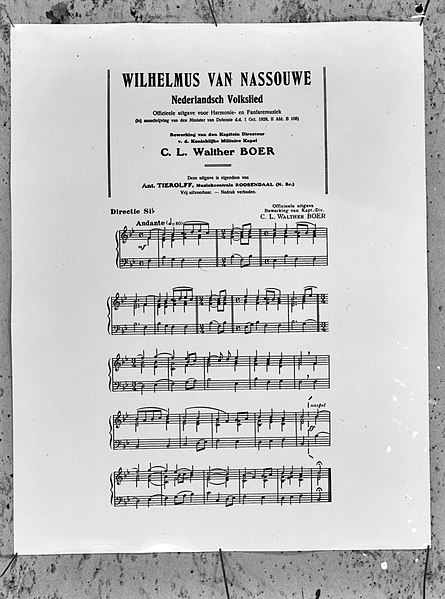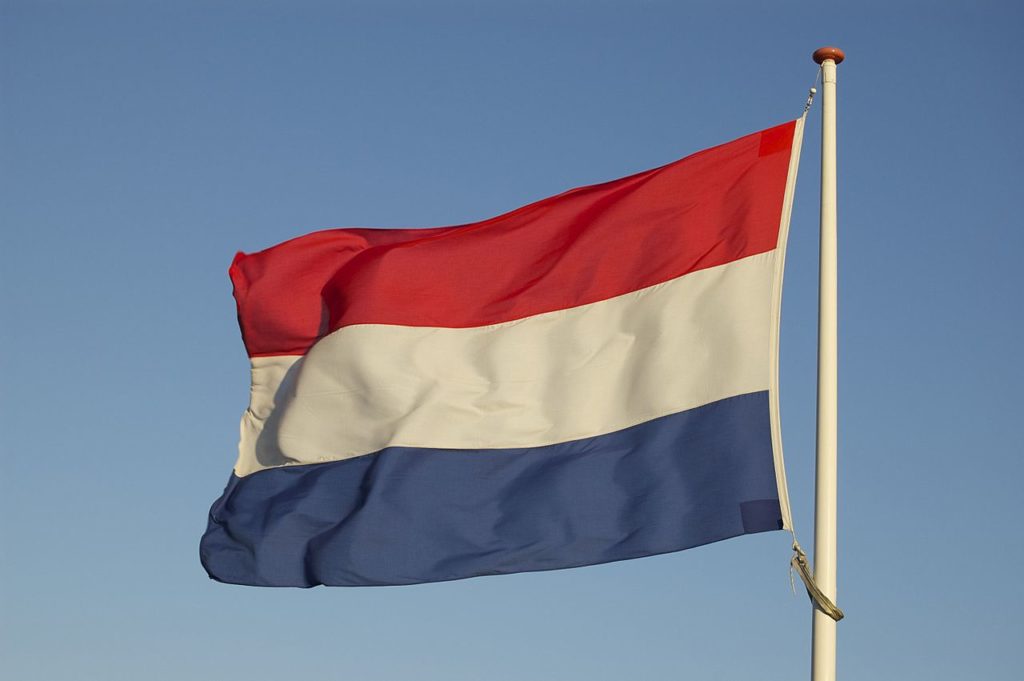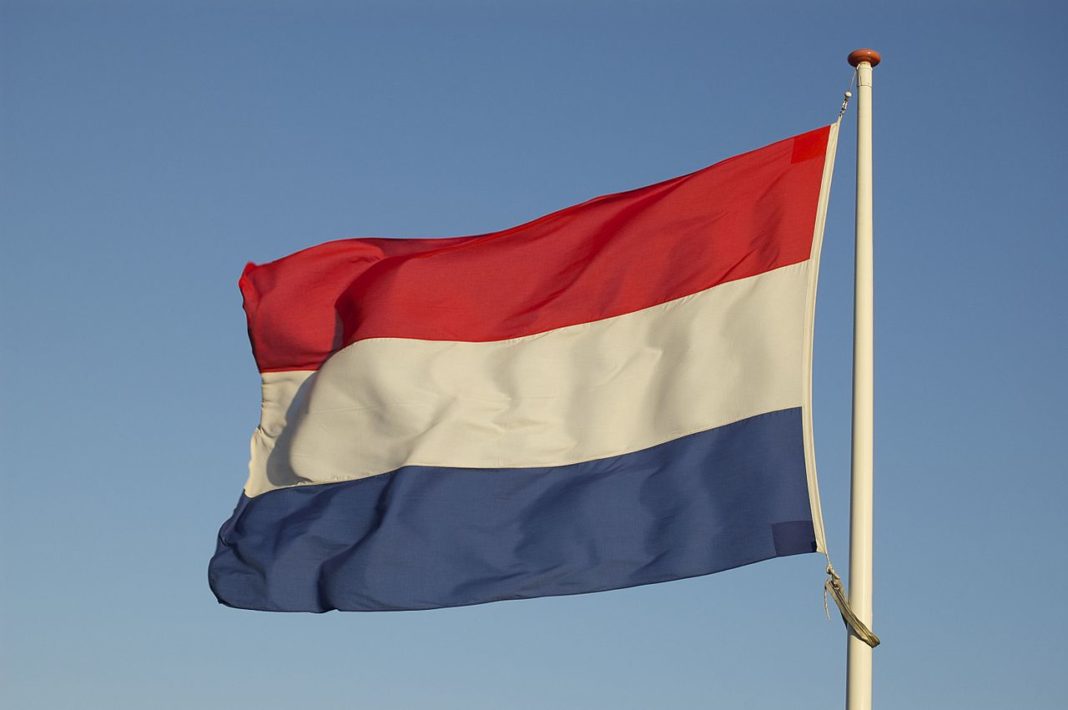Wilhelmus dates back to at least 1572, making it the oldest national anthem in use today, provided that the latter is defined as consisting of both a melody and lyrics.

“Wilhelmus” originated in the Dutch Revolt, the nation’s struggle to achieve independence from the Spanish Empire. It tells of the Father of the Nation William of Orange who was a stadholder in the Netherlands under the King of Spain. In the first person, as if quoting himself, William speaks to the Dutch about both the revolt and his own, personal struggle: to be faithful to the king, without being unfaithful to his conscience: to serve God and the Dutch.

In the lyrics, William compares himself with the biblical David who serves under the tyrannic king Saul. As the merciful David defeats the unjust Saul and is rewarded by God with the kingdom of Israel, so too William hopes to be rewarded with a kingdom. William was and remained a life-long Roman Catholic but he was sympathetic to Calvinism. Militant music proved very useful not only in lampooning Roman clerks and repressive monarchs but also in generating class-transcending social cohesion.
The “Wilhelmus” is to be played only once at a ceremony or other event and, if possible, it is to be the last piece of music to be played when receiving a foreign head of state or emissary.

During international sports events, such as the World Cup, UEFA European Football Championship, the Olympic Games, and the Dutch Grand Prix, the “Wilhelmus” is also played. In nearly every case the 1st and 6th stanzas (or repeating the last lines), or the 1st stanza alone, are sung/played rather than the entire song, which would result in about 15 minutes of music.
The “Wilhelmus” is also widely used in Flemish nationalist gatherings as a symbol of cultural unity with the Netherlands. Yearly rallies like the “IJzerbedevaart” and the “Vlaams Nationaal Zangfeest” close with singing the 6th stanza, after which the Flemish national anthem “De Vlaamse Leeuw” is sung.
According to Wikipedia














